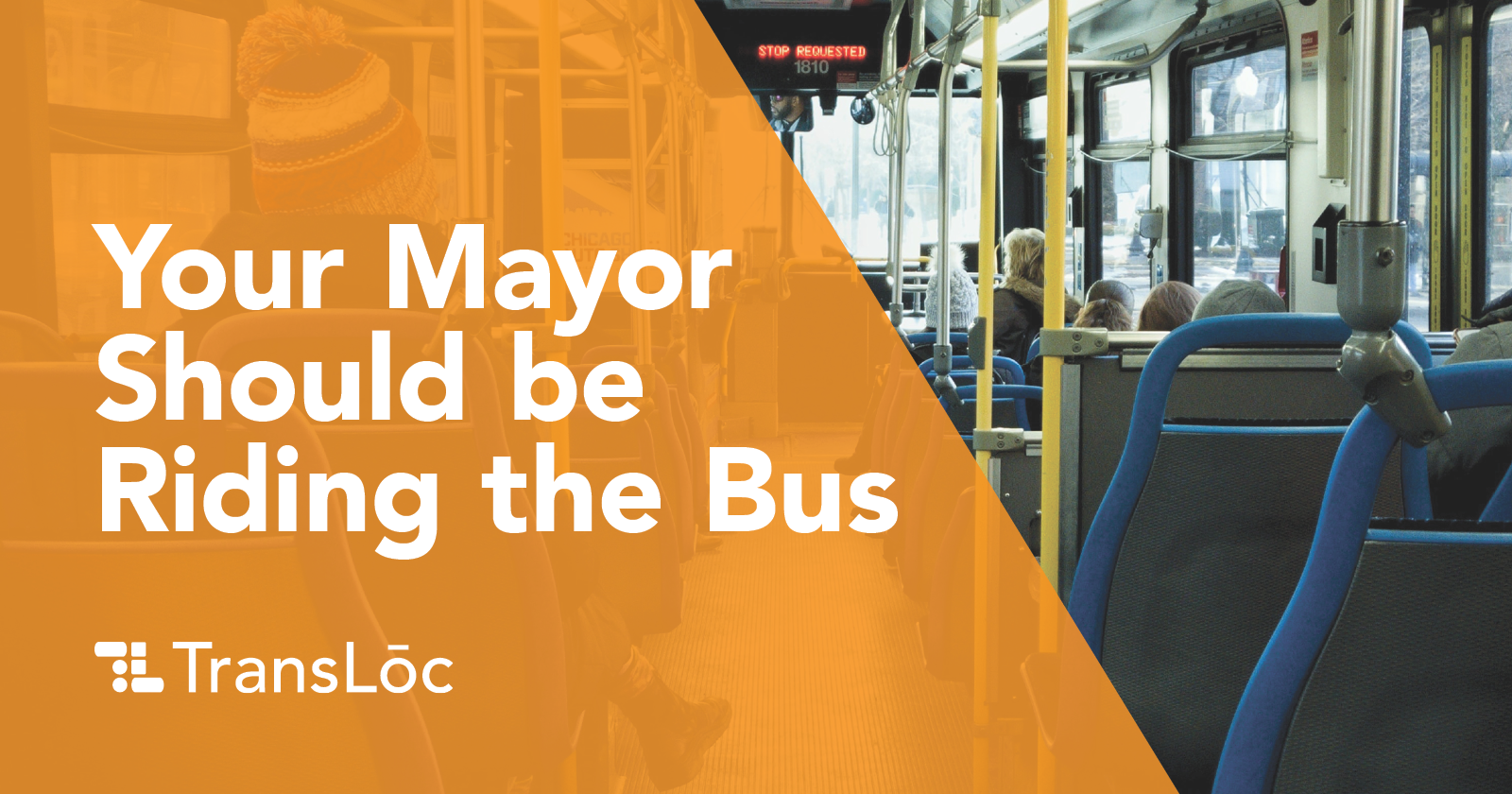
After losing his wife and daughter in a car crash in 1972, newly-elected US Senator Joe Biden famously took Amtrak home from Washington DC to Wilmington, Delaware almost every day so that he could be home for his two sons as they grew up. So now that we have our first modern public transit-riding president en route with Joe Biden, it’s worth asking why we don’t have more public servants who take the bus or train and what it would mean if we did.
When Wade Kapszukiewicz took office as Mayor of Toledo in 2018, he rode the bus to his inauguration and committed to riding it once a week. He didn’t have to do that, but he believed that by riding the bus—which incidentally is outside of his jurisdiction—he could build better relationships with his constituents and “start a community conversation about public transportation.”
Mayor Kapszukiewicz is not alone, but elected officials who also ride the bus are more the exception than the rule, at least when it’s not for a photo op. California State Senator Scott Weiner is one prominent member of Team Public Transit. So are Maryland legislators Robbyn Lewis and Marc Korman, both daily users of transit during pre-Covid times, with Delegate Lewis being totally car-free. Michael Dukakis was famous for taking the MBTA daily, even when governor of Massachusetts. I’m sure there are others that use transit from time to time, but the relative paucity of elected officials as regular transit riders is troubling.
Public officials using public transit should be the norm, not the exception. Fares only cover about a quarter (or less) of public transit operating costs and local, state, and federal officials cover the rest. And nothing quite helps you understand something as using it. Maybe Undercover Boss wasn’t such a bad idea after all?
From the most tactical to the most ethereal, here are three reasons your mayor and other elected officials should be riding public transit regularly.
First, they will gain fundamental knowledge of transit. Public transit can be complex, which is one reason that some people never try it. Even as an experienced public transit rider, I find looking at transit schedules and maps in a new community challenging. And the complexities often extend to waiting for the ride (half-hour headways with no bench or shelter are a pain in good weather, miserable in bad) and paying for it (does anyone have correct change, ever?).
Second, they gain perspective and empathy. Most politicians drive everywhere and have internalized the experience of driving or riding in a car. It’s the default experience. But when they try a different mode and reflect on that experience, they begin to gain empathy on the experiences of those who use transit daily. Hey, not only does it suck to wait for the bus in the rain or cold, but the direct result of public funding decisions our elected officials make reflect our continuing social and racial inequality and undermine our community goals of economic opportunity.
And finally, by using public transit, elected officials signal to others that it is important. Public transit is one of the more public things that the public funds. While you don’t always consistently see the work that city fire departments or economic development departments do, public transit’s work is always there, doing yeoman’s work every single day (in most communities). An asymmetry emerges—a foundational lifeline for some, an overlooked resource for most—where this critical service could be easily misconstrued as unimportant. But that couldn’t be farther from the truth. If elected officials rode transit regularly, that wouldn’t happen.
For national security reasons and because he’s already banked an estimated 2 million Amtrak miles in his lifetime, I guess we can give Joe Biden a pass for bypassing Washington Metro over the next few years. All other elected officials? Hop on board.